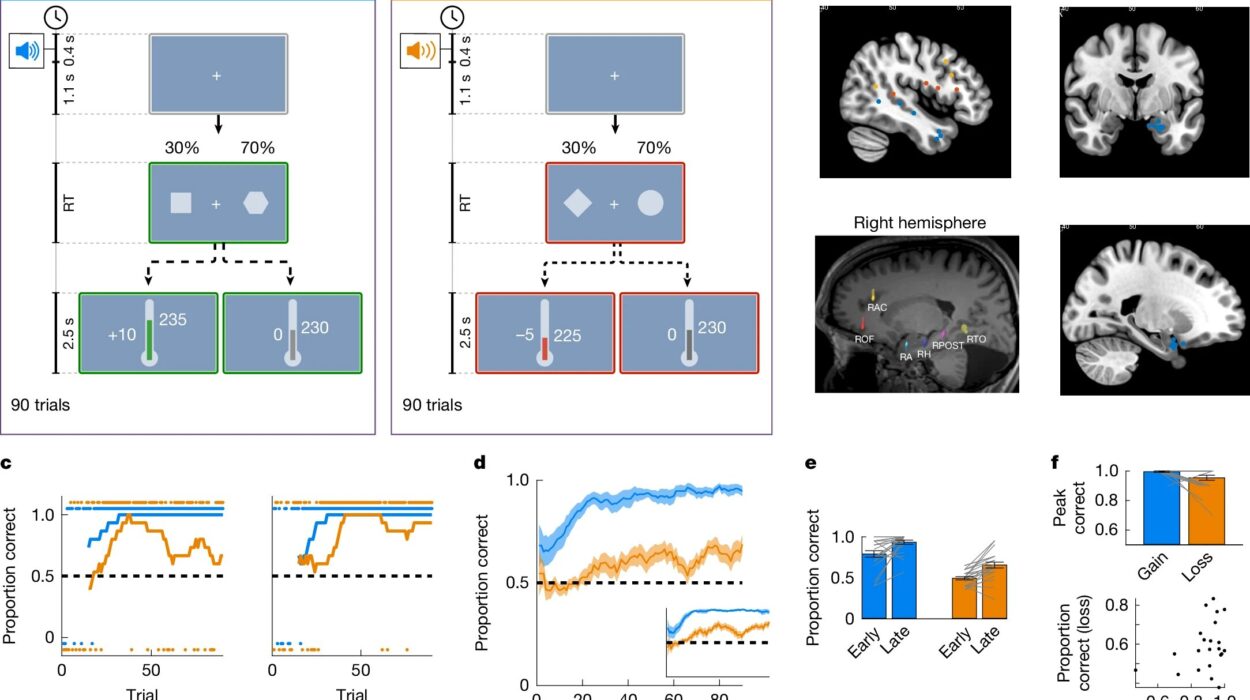For generations, the idea that beauty equates to goodness has lingered like an unspoken truth, baked into fairy tales, casting decisions in Hollywood, and even courtroom outcomes. Think of the classic prince charming or the virtuous heroine with flawless features—the so-called “beautiful is good” or “beautiful is moral” stereotype has long been a foundation of how we perceive others. But new research is now challenging that core assumption with a fresh, emotionally revealing twist: it’s not beauty that makes people seem good. It’s how much we like them.
In a sweeping series of international experiments involving thousands of participants across the United States, Poland, and the United Kingdom, psychologists have uncovered something both profound and surprisingly human. At the heart of our moral judgments isn’t merely a visual cue—it’s a feeling. A gut-level affinity. In short, beauty alone doesn’t convince us someone is moral. Emotional warmth does.
These findings, recently published in Scientific Reports, tell a powerful and timely story: one that could reshape how we think about fairness, bias, and the subtle emotional mechanics of first impressions.
Peeling Back the Halo Effect
The idea that beauty enhances our perception of someone’s character isn’t new. Social psychologists have long known about the “halo effect”—our tendency to assume that if someone excels in one area (like physical appearance), they probably excel in others too (like honesty or intelligence). But when it comes to morality, the equation might not be so simple.
Konrad Bocian, lead researcher and associate professor at SWPS University in Poland, had a hunch that something more subtle might be going on. What if, he wondered, our affection for someone—our feeling of personal liking—was the real puppet master pulling the strings behind our judgments?
“Classic theories suggested people saw attractive individuals as more moral because they believed the world was just—that good things happen to good people,” Bocian explained. “But in many cultures, including Poland, that belief doesn’t hold strong. So we started to wonder: What if it’s not about fairness at all, but about how much we like someone?”
To explore this question, Bocian and his team conducted three studies designed to probe not only the role of beauty in moral perception, but also the emotional nuances of how liking, perceived similarity, and cultural beliefs shape our view of a person’s character.
Beauty’s Power Fades When Emotions Speak Louder
In the first study, 788 participants in the United States were shown photos of people—some highly attractive, some moderately so—and asked to rate them on sociability, vanity, and moral character. As expected, the more attractive women were generally perceived as having higher moral character. But then something remarkable happened.
When the researchers factored in how much each participant liked the person in the photo, the influence of attractiveness on moral character ratings vanished.
That’s right—vanished. Not just diminished or weakened. The positive moral glow around beautiful faces faded completely when “liking” entered the equation. Whether someone appeared trustworthy or virtuous hinged less on their symmetrical features and more on whether they struck a personal chord.
In fact, even participants’ belief in a “just world”—that life is fair and people get what they deserve—didn’t significantly alter these results. This finding directly challenges earlier assumptions in psychology that moral judgments of attractive people are tied to a deep-seated belief in cosmic justice.
The implications are clear: beauty may open the door, but it’s the warm feeling in our gut that decides whether someone stays in the room.
From Poland With Bias
To test whether these effects held outside of the United States, the researchers replicated the experiment with nearly 2,000 Polish participants. Once again, the results told the same story: attractiveness led to higher morality ratings—especially for women—but only when participants also reported liking the person. And again, liking explained the entire effect.
This consistency across cultures was striking. Poland, unlike the U.S., has relatively low levels of belief in a just world, making it an ideal setting to test whether beauty’s moral halo depended on fairness beliefs. It didn’t. What mattered was emotional connection.
But one curious pattern kept cropping up: the stereotype only seemed to apply to women. Attractive men didn’t enjoy the same moral glow. Bocian believes this may reflect deeper societal scripts that tie female value more closely to appearance—a sobering reminder of the gendered expectations that still shape our minds.
When Liking Is Engineered, Morality Follows
In the third and most ambitious study, the researchers took a different approach. This time, they actively manipulated how much participants would like the person they were judging.
Over 1,000 people in the United Kingdom were shown photos alongside personality profiles that either mirrored the participant’s own preferences (music, hobbies, lifestyle) or directly opposed them. It was a clever trick: similarity breeds liking, and liking, according to the earlier studies, could breed morality.
Sure enough, participants who saw someone similar to themselves consistently rated that person as more moral—regardless of how attractive they were. In fact, this time around, the “beautiful is moral” effect reversed: moderately attractive individuals were seen as more moral than the highly attractive ones. And the beautiful-but-dissimilar targets? They suffered in both likability and moral perception.
It was a dramatic turn that exposed the fragility of our surface-level judgments. When physical attractiveness clashed with other emotional cues—like dissimilarity or perceived vanity—the old stereotypes not only lost their power, they sometimes backfired.
The Emotional Machinery Behind Our Snap Judgments
What emerges from these studies is not just a correction to an old stereotype—it’s a glimpse into the emotional machinery beneath our first impressions. We like people who feel familiar, who seem warm, who share our values. And when we like them, we assume they’re good people.
“The key takeaway,” Bocian emphasized, “is that our moral judgments are shaped not just by someone’s appearance, but by how much we personally like them. That means our impressions can be biased in subtle ways we’re not always aware of.”
These biases don’t come from logic or fairness. They come from the heart. And understanding this can help us guard against unfair judgments, especially in settings where appearances hold undue influence—like job interviews, politics, or even criminal justice.
A Call for Deeper Understanding—and Broader Representation
Despite the richness of the findings, the researchers are careful to acknowledge the study’s limitations. All faces shown were white, meaning the results may not apply across racial or ethnic lines. Cultural differences in perceptions of beauty, morality, and similarity are profound, and future studies will need to explore how race and identity intersect with these emotional biases.
There’s also the gender divide. Across all three studies, the beauty-morality link emerged only for women. Bocian believes this reflects how society disproportionately ties women’s worth to appearance—a dynamic that deserves further scrutiny and public reflection.
Moving forward, the team plans to investigate how self-rated attractiveness, humility, and cultural values interact with moral judgments, with a special focus on race and diversity.
Rewriting the Psychology of First Impressions
In the end, these studies offer more than just a science headline. They tell a human story—one that complicates our assumptions and calls us to look deeper.
They suggest that what moves us to see goodness in others isn’t their cheekbones or complexion, but the subtle tug of affinity, the flicker of emotional connection that colors our view before logic ever gets a chance to weigh in.
And that matters. Because in a world increasingly driven by images—filtered photos, curated profiles, avatars on a screen—understanding the real forces behind our judgments isn’t just science. It’s self-awareness. It’s empathy. It’s power.
We may not always control our first impressions. But armed with insight like this, we can begin to question them—and maybe, just maybe, see each other more clearly.






